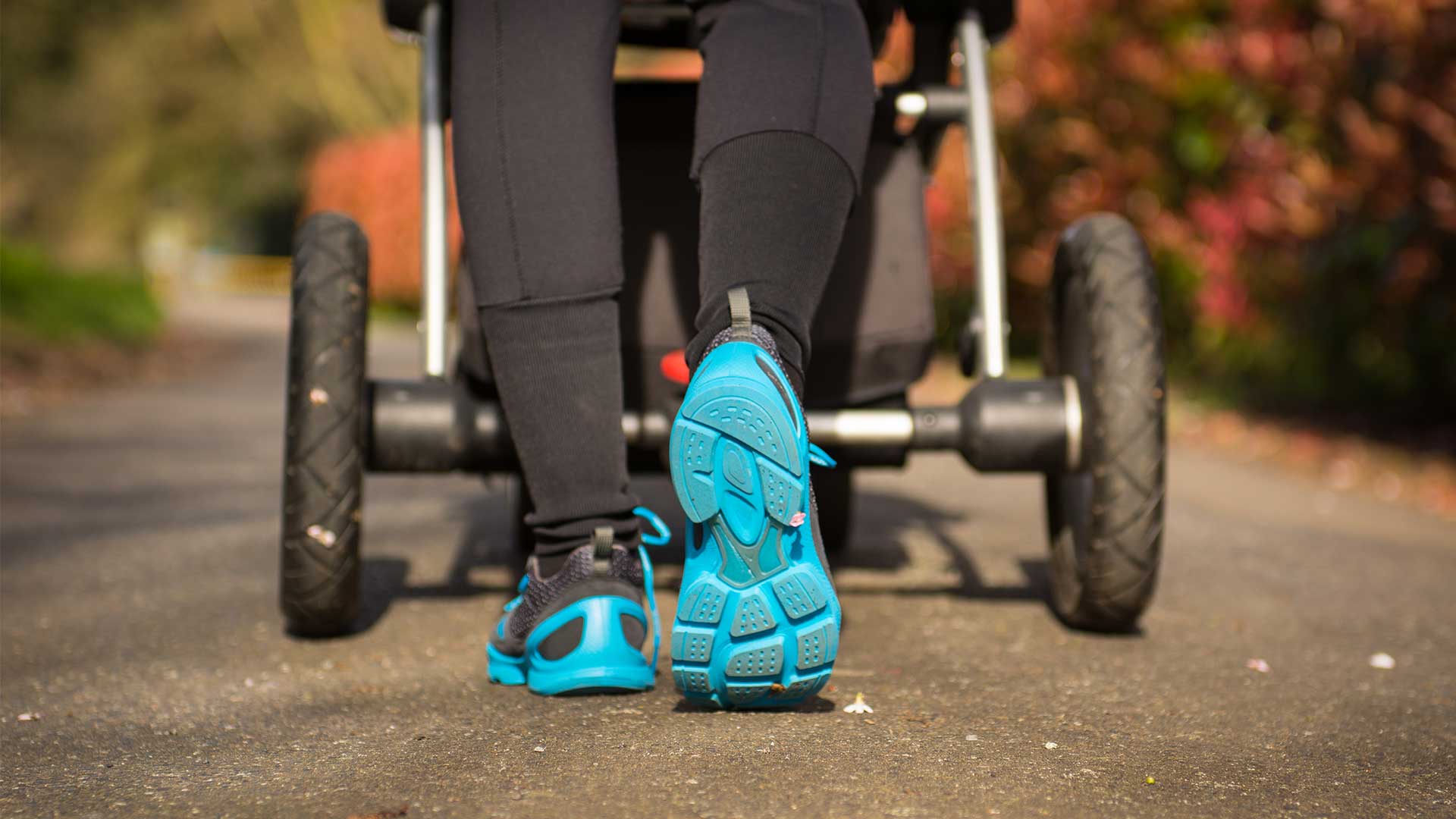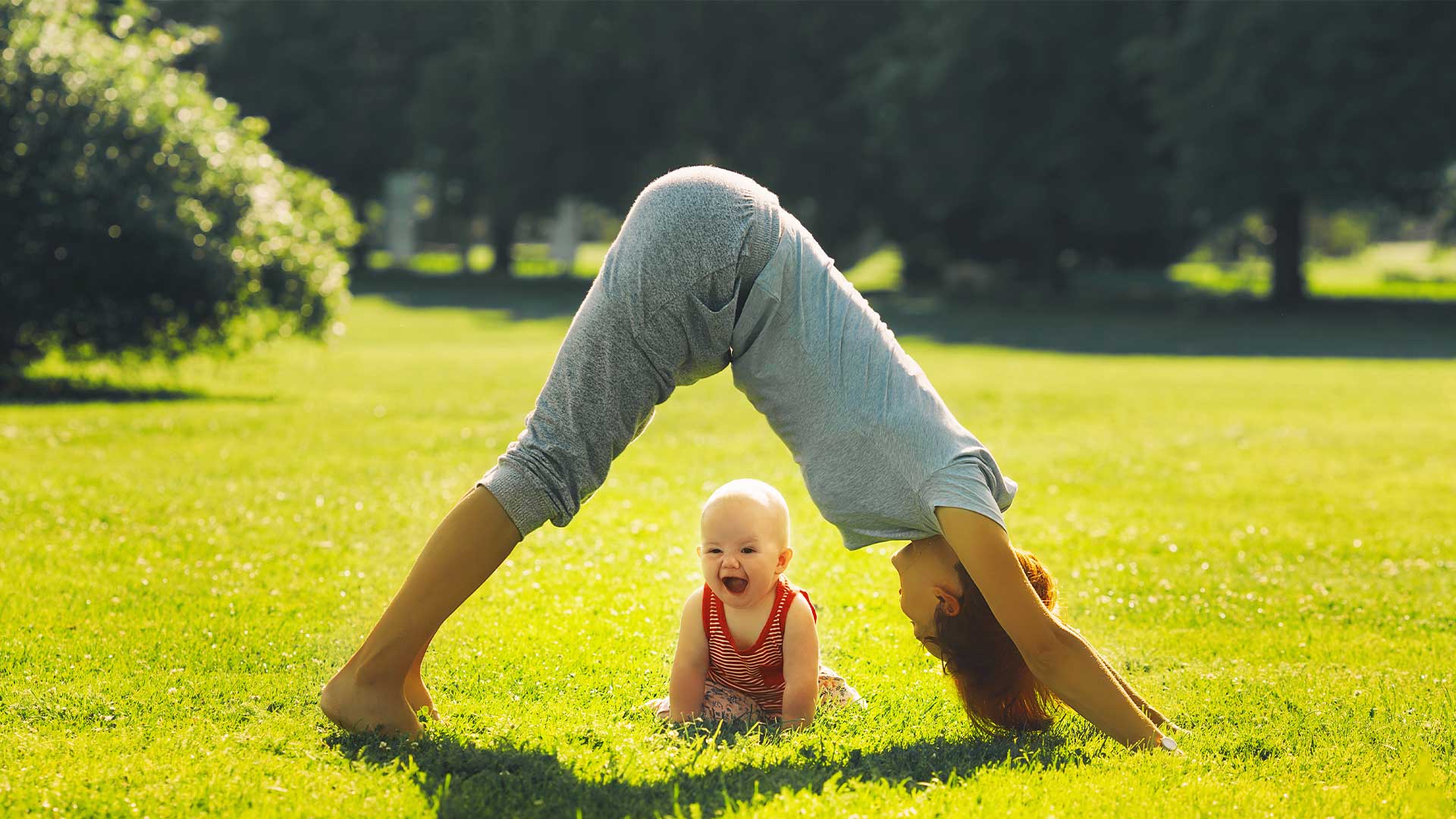
Restarting Exercise
It is an undisputed fact that exercise is good for our mental health. What’s even better for our mood is getting outside, in the fresh air and sunshine, to exercise. Do you know why?
First of all, making energy actually gives you more energy, it makes you feel physically stronger so you therefore feel more capable to face the day, and it helps you to sleep better at night. Secondly it actually reduces inflammation in the brain, increases neural growth thereby helping your memory and it releases endorphins giving you a sense of wellbeing and positivity.

Mindful Exercise
If you can, it is best to exercise in a mindful way. By this, we mean focusing on what you are doing. Noticing the sensations of how your body is feeling, the sense of your feet touching the floor or the stretch of your muscles. If your head is buzzing with a long to do list, then write everything down before you exercise. That way you don’t need to think about it and can concentrate on exercising instead. (BTW We also recommend this before falling asleep at night. Keeping a notepad next to your bed can really help with falling off into a worry free sleep!)
Be careful
What you don’t want to do is push yourself too far or have too higher expectations of yourself. You could worsen your mood by realising you can’t do what you could do before, or are struggling to find the energy, flexibility, or time to actually exercise. Be realistic, you have just been through one of the biggest events of your life, physically and mentally. Your body has changed dramatically. Go easy on yourself.
Often the problem is, when our mental health is fragile, popping our trainers on and working up a sweat is the last thing on our mind. Particularly if it’s cold and wet outside. We get it! So how can you motivate yourself to do something about it? Well it all starts with small steps. Literally.
When should I restart exercise after having a baby?
If you experienced a vaginal birth without tearing, then you can begin to gently exercise as soon as you feel up to it. By gentle exercise, we mean walking, postnatal yoga, swimming that sort of thing. For anything more vigorous, then the NHS recommends waiting until after your six week check up. If you experienced complications during birth, suffered tears or had a c-section, then it’s best to ask the advice of your health visitor or GP as to when you can safely start. It is all very dependent on your personal history and birthing experience.

How to start exercising
There are two great motivational tools to get you exercising. One is to ensure it quickly becomes routine or habit for you. That means you need to do something which you can easily incorporate into your day and won’t become a chore. A 15 minute walk outside every day is better than running a marathon once a year! Utilise nap times, or early evenings when your partner might be home and can give you some time to yourself, put a reminder in your phone, get yourself some good wet weather gear, buy a nice yoga mat or section off an area of your house for exercise. Whatever it is you need to do to stop yourself making the excuse not to exercise.
This is where the second tool comes in. Do it with someone else. Join a postnatal class, see whether a mum-friend would like to join you on a walk every morning, take part in a virtual online class. If you feel that you are going to let others down by not being there, then it puts a little pressure on you to turn up each time instead of sending your excuses.
Getting back into exercise
Gemma Ovens is a health and wellbeing coach who runs the Postnatal Fitness Hub. An online resource full of courses, personal training and postnatal workout programmes.
Initial breathing techniques for exercise
Deep breathing exercises are not only beneficial physically helping us to heal after having a baby, but they are also mentally healing. When we practise deep breathing techniques, it has a very real calming effect on the brain – telling us we are safe, we are calm, and we are happy. Which, in turn, takes away a little bit of that anxiety.
In this video, Gemma talks you through two breathing techniques – full belly breathing and vacuum breathing. After pregnancy we need to engage the core but first we need to reactivate it and get it working together as a full unit. With pregnancy comes a lot of changes – ribs, diaphragm, pelvis all move, which needs correcting before exercising. And these breathing exercises, along with pelvic floor exercises and gentle stretching, are one of the things you can do in those very early weeks after giving birth.
Full Belly Breathing
Vacuum Breathing
Gentle Stretching Exercises
Gemma Ovens is a health and wellbeing coach who runs the Postnatal Fitness Hub. An online resource full of courses, personal training and postnatal workout programmes.
We have lots more techniques...
